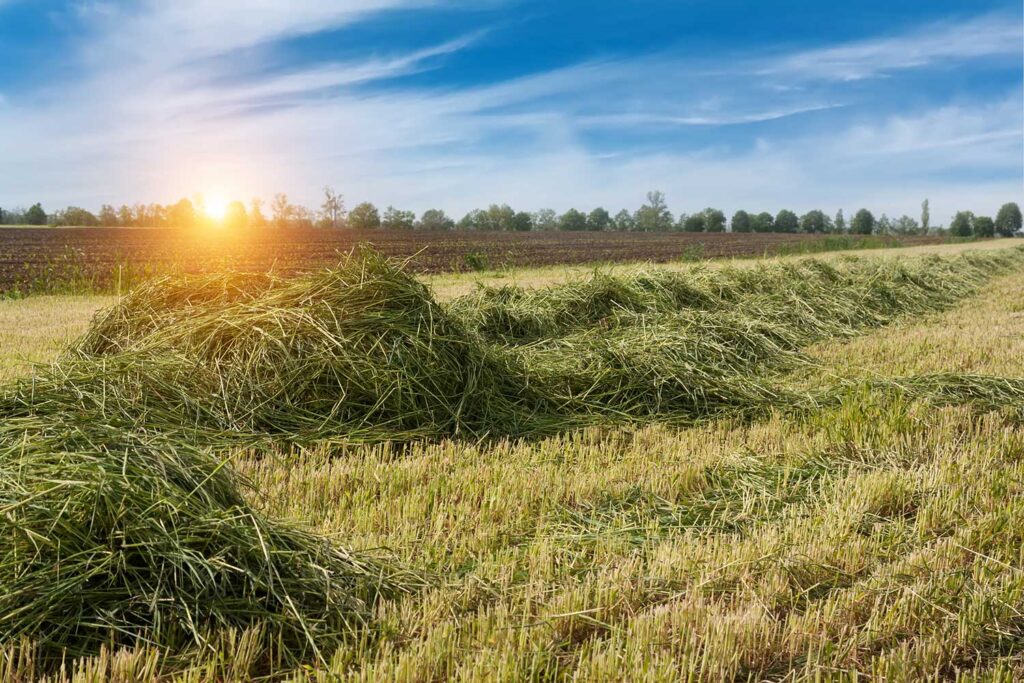
It’s no secret that good-quality horse hay is expensive. The price of horse hay has gone out of sight the last few years. Shipping costs, fuel costs, equipment costs, and the cost of production have contributed to increasing hay prices.
It’s expensive to haul hay in from out west, where much of the top-quality hay (especially alfalfa or alfalfa mixed hay are grown). Remote regions or areas that do not have a lot of established trucking routes can expect to pay even more in transportation costs.
Horse farms are often competing with dairy farms when it comes to buying top-quality alfalfa hay. When milk prices are down, hay is a bit cheaper because dairies try to find an alternate feed source. But, when milk prices are up, dairies are willing to pay more for the hay they want.
The fundamental principle of supply and demand also dictates pricing. The best time to buy hay is when farmers have their barns full. But in the last several years, that hasn’t been the case. Many horse owners were scrambling for hay in late winter and early spring because of the long, cold winter across the country. That placed a high demand on hay supplies, especially for quality hay.
Pricing can also vary widely based on the size of the bale, although simple math will reveal the price per pound is roughly equivalent. The bigger bales can be handled with a tractor, so handling and moving them is not as labor intensive. The smaller bales will cost more per pound because it’s more labor intensive to move those smaller bales.
A barn that has the ability to accept and store larger quantities can receive price breaks from hay growers and dealers. Large stables with the luxury of ordering large quantities have the opportunity to lock in pricing and secure the amount and quality of hay they need early in the season.
As we have said in other articles about horse hay, buying in bulk can save you money. Buying locally grown hay can save you money. Buying early and from the same grower/dealer can save you money.
How much you ultimately pay per ton of hay will depend on your location, the size of the bales you purchase, the type of hay you purchase, and whether you buy in bulk.
There is a National Hay Association, and you can visit their website. Check pricing with your local county extension agent. You can also do a Google search for “price of horse hay” and look for a government report that shows the supply and price per ton of various types of hay across the country. Here is an example of that report.



